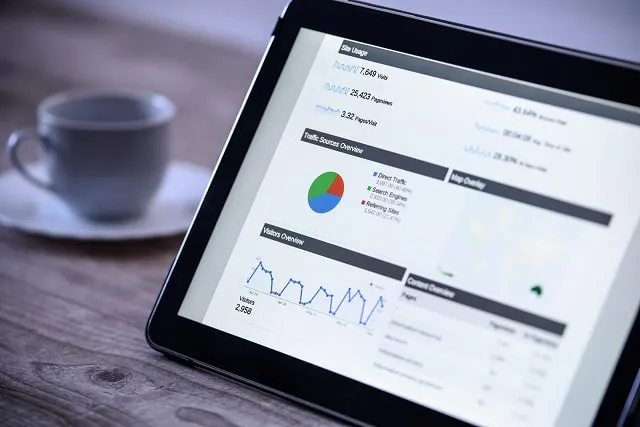Check out an affiliate link or tracking URL, and you’ll come across a string of code followed by a “utm” snippet. Many links that marketers track follow this formula, but what to all those letters, numbers, and phrases mean?
If you’re planning on using online marketing campaigns and affiliate links to promote your site and monetize it, then learning about UTM parameters is a must.
What are UTM Parameters?
UTM stands for Urchin Tracking Module. The name derives from Urchin, an analytics system that has been since taken over by Google Analytics. Interestingly, the Urchin name describes what UTM parameters do: they cling to a URL similar to how an urchin would cling to a surface.
URLs with UTM parameters defined in them get tracked for some purpose, usually to monitor the success of a marketing campaign or to distinguish an affiliate marketing link.
If you spot a link with a question mark (?) and the letters “utm” followed by phrases, letters, and sometimes numbers, you’ve come across UTM parameters. There are different UTM parameters to insert within a link, depending on your tracking goal:
- Campaign source: This is defined as “utm_source=”. It tells you where someone clicked your link from, like Twitter, Pinterest, or another blog post.
- Campaign name: Defined as “utm_campaign=”, this displays your campaign name if you have a specific marketing campaign you’re tracking. For example, you might name a promotional sale and have your code tell you when people are responding to that promotion.
- Campaign medium: You’ll add “utm_medium=” as the parameter to track what kind of channel is bringing in the traffic, like your email newsletter or a paid social campaign.
- Campaign content: This is defined as “utm_content=”, and it tracks various links for one paid campaign.
- Campaign term: Use the UTM parameter “utm_term=” to track keywords and phrases you’ve targeted in a paid campaign.
Benefits of Using UTM Parameters
UTM parameters have several benefits for individuals and businesses that want insight into their traffic and for those who want to monetize their sites and social channels with affiliate marketing.
For affiliate marketing, strings of UTM code ensure that a link tracks traffic from the right place to credit the right person. For example, an affiliate link from a blog that directs to an Amazon product will have UTM parameters within it to define the blog as the source of traffic and pay the marketer the proper commission.
For tracking, UTM parameters help marketers see where traffic comes from to determine what campaigns and mediums are drawing in visitors. This is especially helpful for marketers who want to see how well their social platforms or paid advertising campaigns are working.
Drawbacks of Using UTM Parameters
While UTM parameters come in handy for marketers, there are a few drawbacks to consider. Obviously, the ugly code is one of them. UTM parameters make URLs appear much longer and have somewhat unsightly strings of code that can be a turn-off for regular visitors who don’t know what they are.
Fortunately, you can remedy this problem by using a URL shortener. This tool covers up your regular URL, including all UTM parameters, making it look simple and clean. Bitly is free to use for basic URL cloaking, but you can also get branded links with a paid plan.
Another issue with UTM parameters is that they can track incorrectly sometimes. This happens when someone copies your link that includes its UTM parameters to use as a link in their social media post, blog, etc.
Say you originally shared the link from your blog, but a visitor copies and pastes that link in a Facebook post. Your tracking code will still show that the share came from your blog, which can skew your analytics a bit. Wonky numbers can happen with any form of tracking, though.
How Do You Use UTM Parameters?
Want to try using UTM parameters for tracking? Here’s how to do it:
- Sign in to Google Analytics (or set one up if you don’t have an account yet).
- Open the Campaign URL Builder from Google Analytics.
- Enter the URL and other metrics (campaign source, name, medium, etc.) you want to track.
- Find your automatically generated URL at the bottom of the fields.
- Copy your code and paste it where you want the link (or use a URL shortener to clean it up first).
- Now, you can track your campaigns in Google Analytics by opening Reports -> Acquisition -> Campaigns.
Tracking your traffic sources with UTM parameters is an excellent way to see where your visitors are coming from and what organic and paid campaigns are working (or not). Want better insights into your website’s performance? Install the Google Analytics Dashboard for WordPress to monitor, measure, and analyze visitor engagement right from your WordPress dashboard. That means no more wasting time to switch between multiple browser tabs and tools to get valuable visitor insights for your WordPress website.






